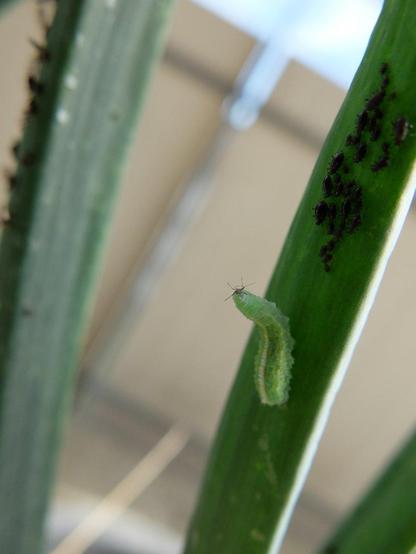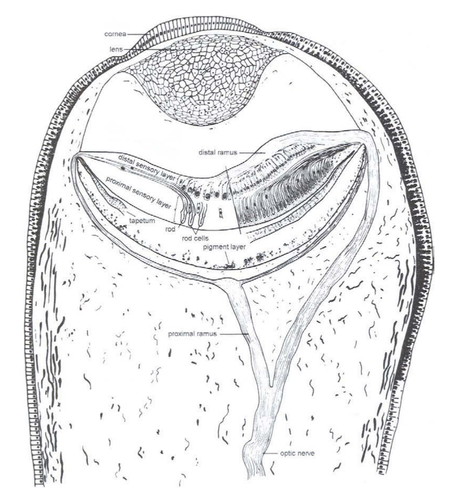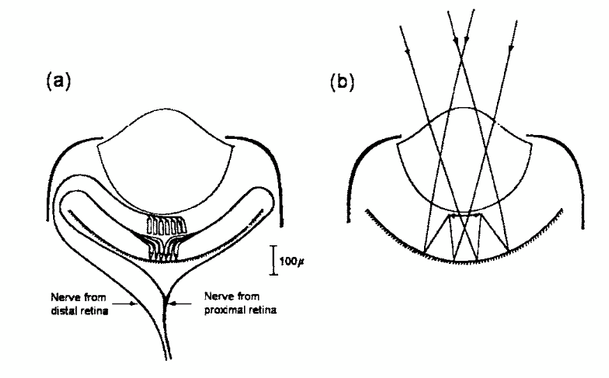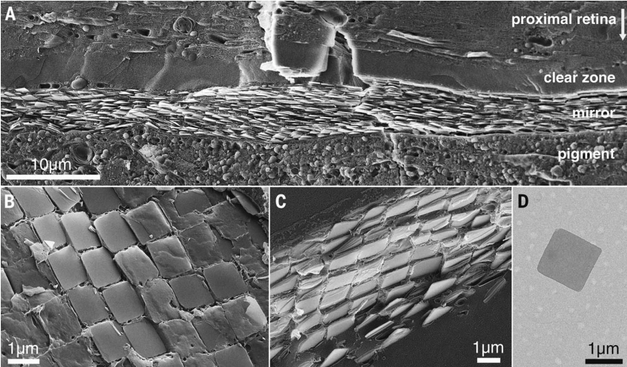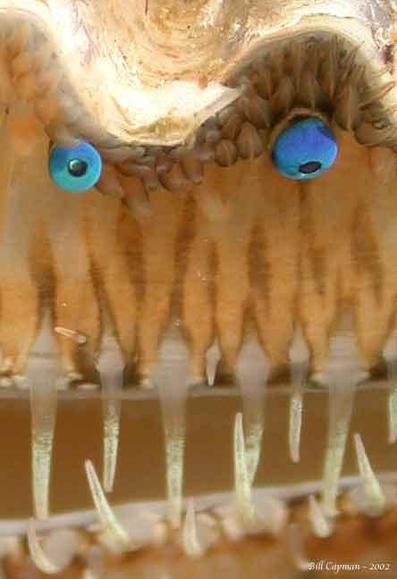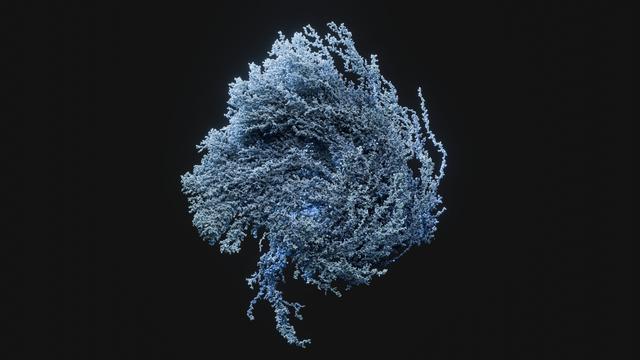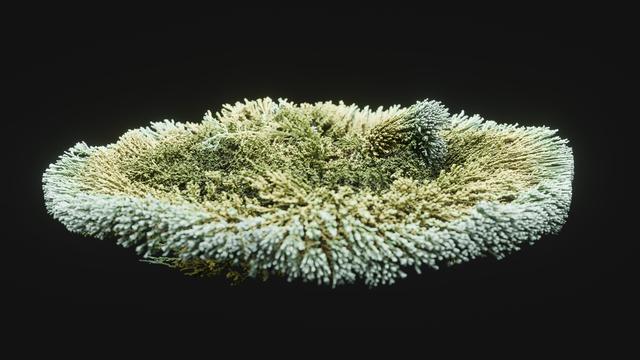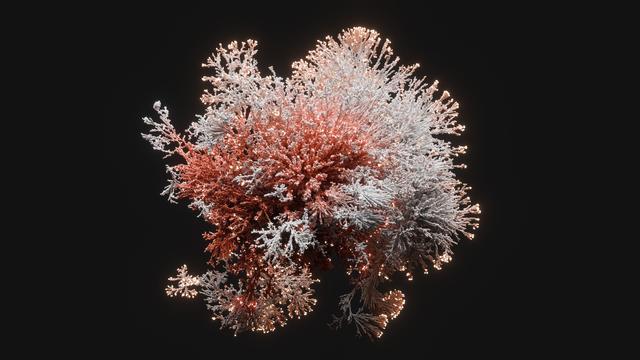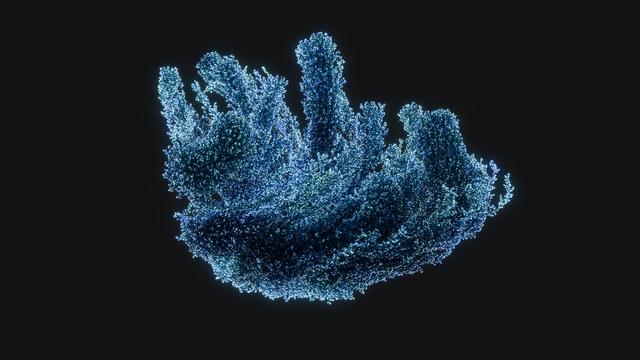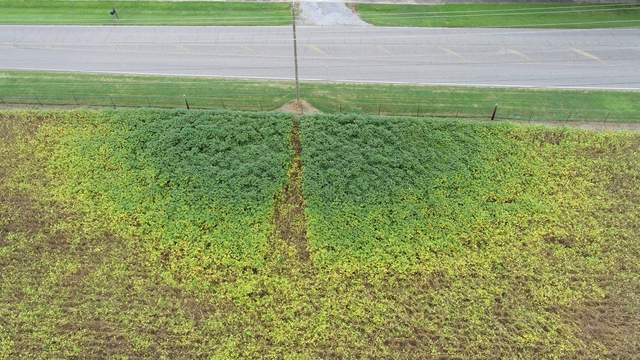@ChouvencL Yes, cattle. They either get milked or slaughtered, and act like they don't mind.
Software developer. I like code with visual output, FLOSS, machine learning, optimization, GAs, alife, chaos theory.
@RFancio @petergleick They've added an expert statement on SRF news now. Sounds like the landslide above that accelerated the glacier would have been less likely without the permafrost melting.
The dozens of eyes of scallops are quite intricate. They have a lens up top like ours, but that doesn't do most of the focusing. Instead the light passes through to a mirrored retina, covered with a field of guanine crystals (yes, that guanine, the G in the ATCG bases of DNA!). The reflective layer is used to focus the light back towards the second retina where the rod cells are. In this way, the eyes of scallops work more like our mirror telescopes than the eyes of most other creatures. Using these eyes, scallops can resolve images in surprising detail, allowing them to discern the shape of predators, navigate while swimming, and even figure out the good places to seek food (they tend to reach out to smell/feel objects based on what they are seeing!) #clamFacts
I had the pleasure to meet the great Andy Lomas at #VIZBI last week. His custom CUDA-based simulations led me to recreate the diffusion-limited aggregation process in #GeometryNodes. Here are a few of my results, each consisting of somewhere between 2-4 million points.
We created a set of sculptural award plaques for an interdisciplinary fund at the STUDIO for Creative Inquiry. @danzeeeman commissioned us to design a unique set of award plaques that will hold the names of recipients over the next 75 years https://n-e-r-v-o-u-s.com/blog/?p=9778
@JenMsft probably needs to warn about this, too: https://xkcd.com/456/
@angrybunnyman Fascinating, I agree! But the maxy you're looking for is not me, but @mncmncmnc
@oldshabbyhat @jk Over a decade ago I heard a song that went like: "the future is in the hands of the machines; their electronic brains learn exponentially" right after looking at a training/validation plot of a neural network. Yes, exponential decay of progress. Happens with every machine learning model. Not worried.
This is my favorite photo for demonstrating the impact of #LightPollution on physiology. The image was taken by shows a soybean field illuminated by a badly directed streetlight.
What's happening here is that soybeans are supposed to grow leaves in the early part of summer, and as nights get longer, they should make #soybeans and turn brown. In the green area, the plants don't understand what time of year it is, and it's therefore a complete loss for the farmer.
The reason I love the photo so much is because you can see the shadow of the light mast on the field.
The photo was taken by Dwaine Eddie McGriff & Ben Tankersley, and originally posted to Xitter (the post no longer exists).
The problem could be entirely solved by using a streetlight with strong backlight shielding (i.e. shining the light only on the roadway).
(4/17)
No, don't go to the collision monster little square! Nooooo... !
(tweeking some parameters in the plugin while also understanding how it made the bodies. This behaviour was happening a couple of times before too)
@toxi Aww, don't look at that. Humans are so bad at bragging about their pointless stuff, this is just a sad display. Watch this peacock: https://www.youtube.com/watch?v=yLuoJpml0Bs&t=124s
The shells of snails and clams look quite different, but every clam shell actually contains a hidden spiral, hinting at their shared ancestry. In a classic series of papers in the 1960s, David Raup figured out that all mollusk shell shapes are governed by a logarithmic spiral model. Varying four parameters, a vast variety of shapes can be made. Others built on the model since, but the Raup model was an important advance in reverse engineering the brilliance of the mollusk shell. #clamFacts
I've transplanted my growth simulation into a hand-drawn map. There is some rainfall too, collecting at the bottom. I wonder if I can now evolve them to collect water.
@simontatham The use of long (horizontal) threads for the half-tones (as opposed to dithering patterns) also has parallels with compression under RLE (run-length encoding). Not sure if computer artists ever changed their style just for a few bytes under RLE, but I wouldn't be surprised.
@peterfr @verbeeld It's not anything personal, it's just .art being very strict with moderation / federation. Have a look at https://www.patreon.com/posts/silencing-social-74474015 for details.
They also don't like the instance I'm writing this from, because it has lots of AI generated images. Which I think is good - if I'm on .art I don't want to guess if something is AI generated (because people don't label it here). Just different communities.
(Though ironically, now I'm not sure if you'll even see this reply.)
@oppen now awaiting the rendering of a thread made from multiple lines ;)
@jonny Yes! Incredible!!
Here's a video from the paper.. Ants rock!
#ProblemSolving #Ants
There are some pretty cellular automata on a hexagonal grid too.
Adding my love letter to
arxiv.org/pdf/2304.01315
Empirical Design in Reinforcement Learning
by
Andrew Patterson, Samuel Neumann, Martha White, Adam White
JMLR 25 (2024) 1-63
These aren’t the heroes we deserve, but they are the heroes we need.
My growth rules are getting somewhat fun to play around with. (The webapp seems to work only on desktop, for now.)
